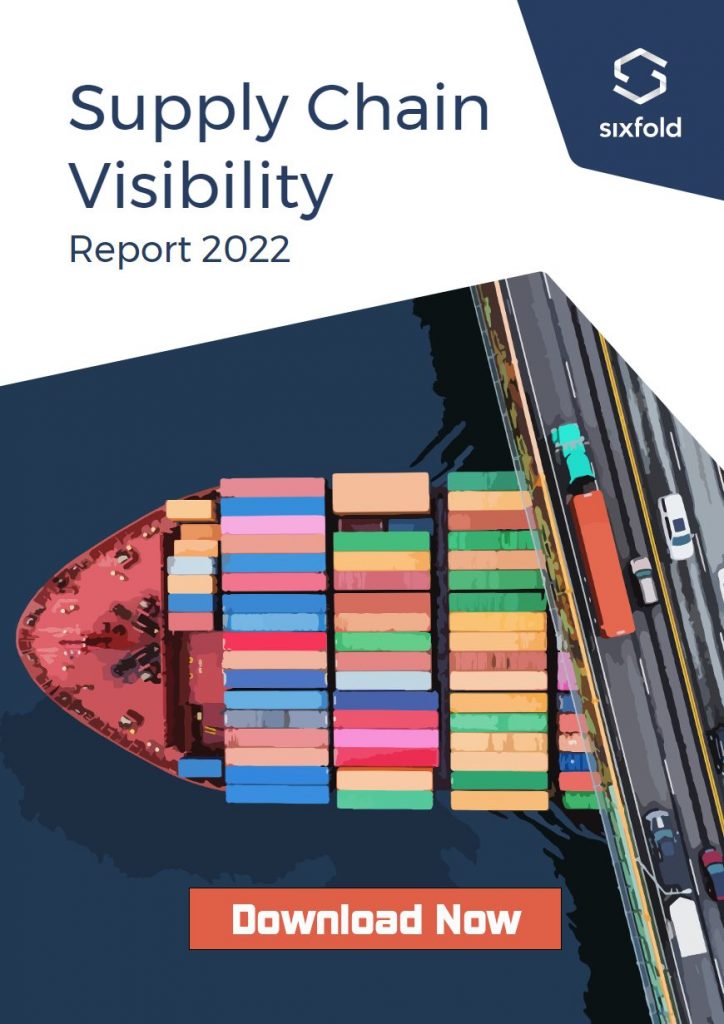2021 was the year that supply chain and logistics became top of mind for everybody. The twin effects of the pandemic and the blockage of the Suez canal, combined with the explosion of e-commerce volume caused issues ranging from chip shortages in the automotive industry to empty shelves in supermarkets. And then we aren’t even addressing issues like the driver shortage, or price levels that are going through the roof.
No wonder the number one and two challenges for 2021 mentioned in a recent survey by Sixfold are pressure and disruption. Disruptions of this magnitude make companies rethink their supply chains. On a strategic level, they may consider re-shoring or near-shoring their production facilities, or looking for alternative suppliers closer to their markets. On a tactical and operational level, they may consider moving essential supplies via air instead of ocean.
Survey Finds Biggest Challenges for Supply Chains
Sixfold by Transporeon questioned more than 100 logistics professionals from the world’s biggest companies within multiple industries – including FMCG & retail, building materials, automotive and industrial chemicals – about the current state of the supply chain market, as well as their perceptions and use of RTV technology. Respondents were primarily based in Europe, as well as covering North America and Asia.
“Although we thought that global supply chains would return to some semblance of normality, 2021 clearly had other ideas. Amidst such pressure, businesses have had to continue evolving in order to survive,” said Jesper Bennike, Executive Director of Sixfold.
“However, just 31% of the companies we surveyed regularly use real-time data in their supply chain operations. With the disruption and volatility showing no signs of dissipating, this must change. Businesses must be prepared to embrace digital solutions if they truly want to drive efficiency improvements and cut costs – as well as meet their customer experience and sustainability goals – in 2022 and beyond.”
Having the Right Data at the Right Time is Key
In order to respond to supply chain disruptions, no matter how big or small, you need the right data at the right time, but it is the speed at which disruptions move that makes it difficult for many companies to make data-based decisions. The faster things are moving, the more you need real-time data.
The Sixfold survey tells us that over 82% of companies believe that knowing the real-time location of a shipment is very important, while at the same time only 31% of companies use real-time data often. There is much to be gained.
When real-time data is available you can respond fast when a shipment gets stuck, or a factory breaks down. You can immediately see what stock you still have available, where it is, and how you should re-route the flow of your goods to make sure there are no critical shortages anywhere.
The Benefits of Real-Time Visibility
Using the power of real-time visibility you can optimise capacity matchmaking, increase employee productivity, and better calculate emission figures.
Read the full report for more stats, deeper analysis into the survey findings and insights from other industry experts. Click here to download your copy.
Header image: Photo by Tom Fisk from Pexels
This post was sponsored by Sixfold







